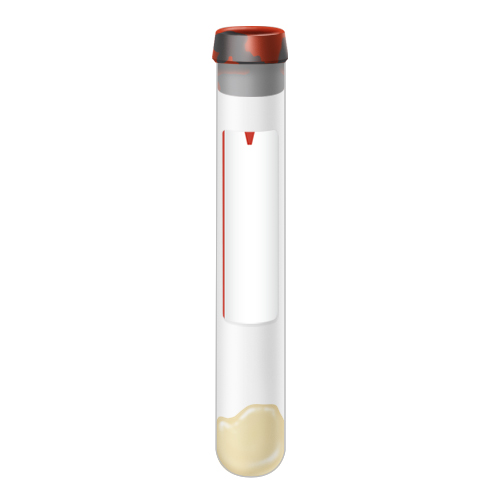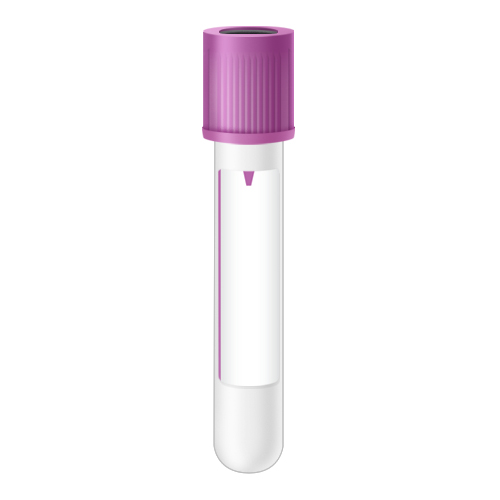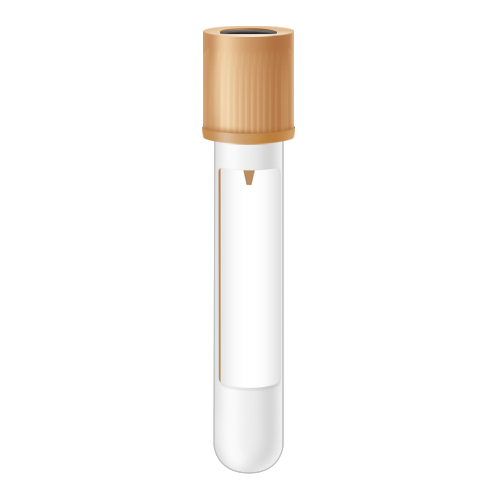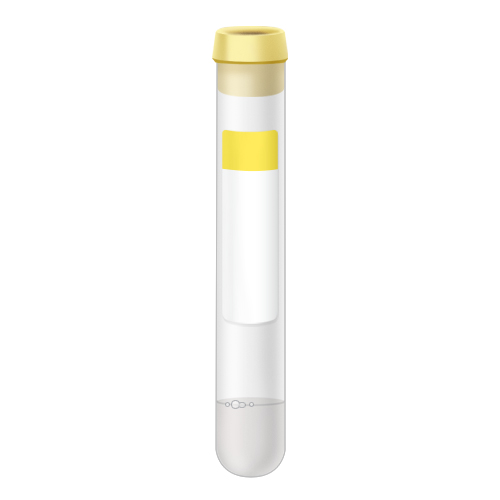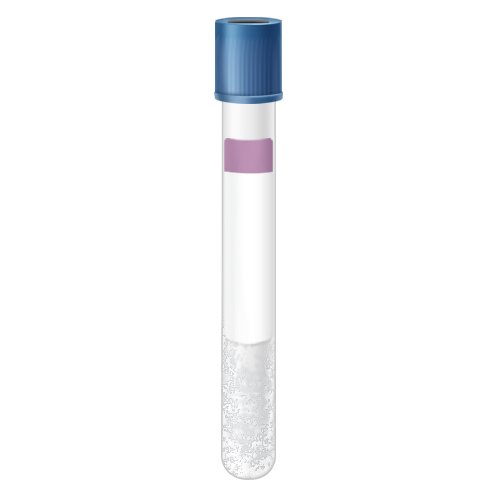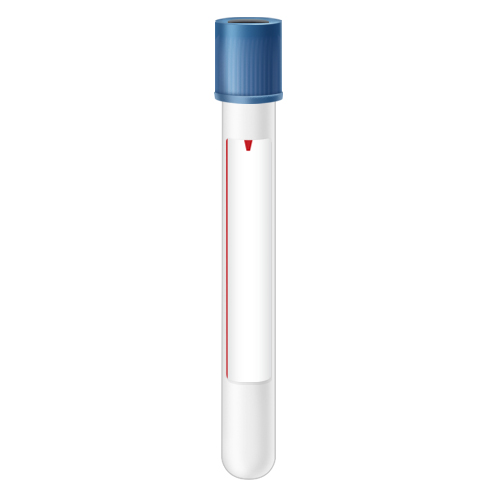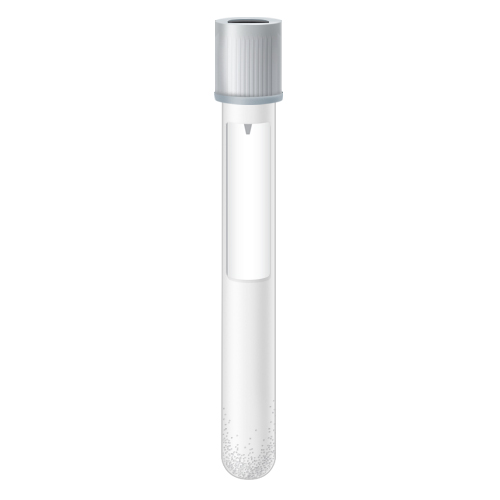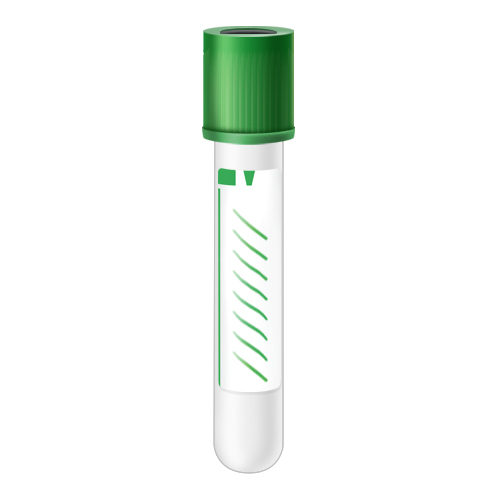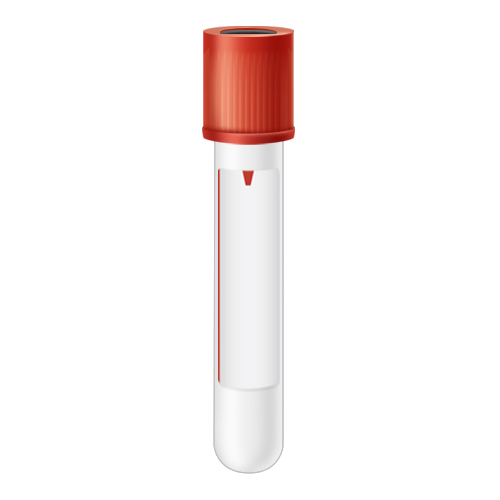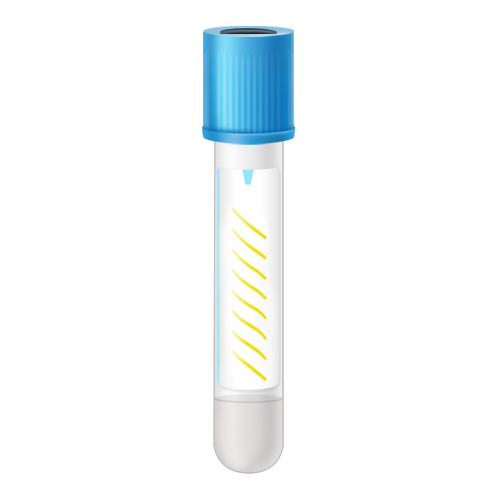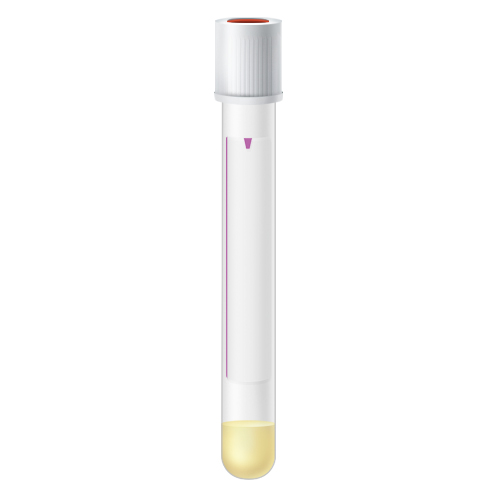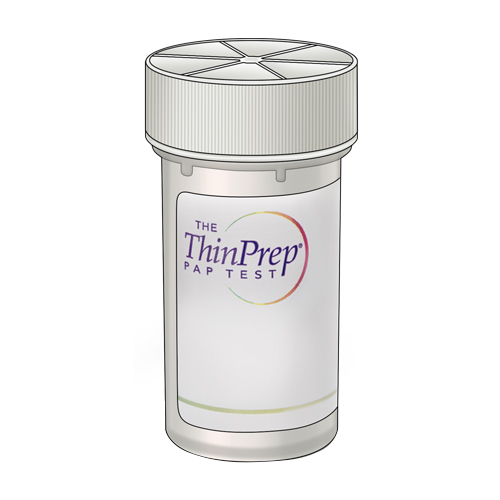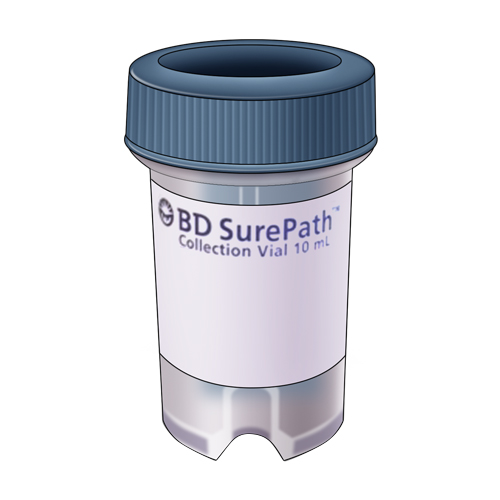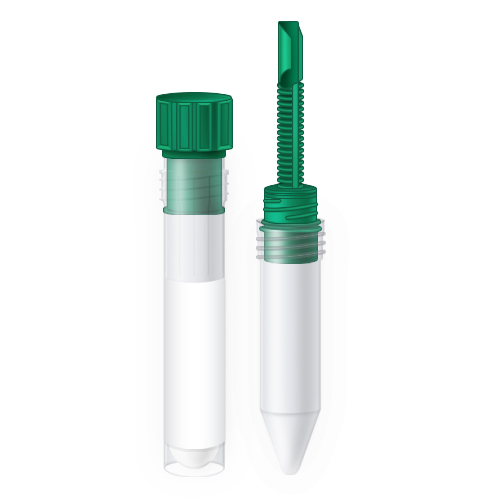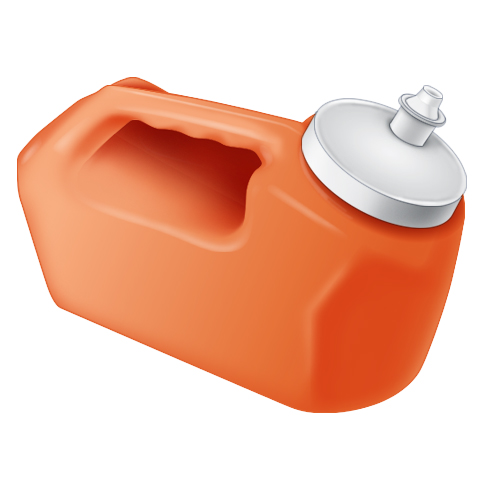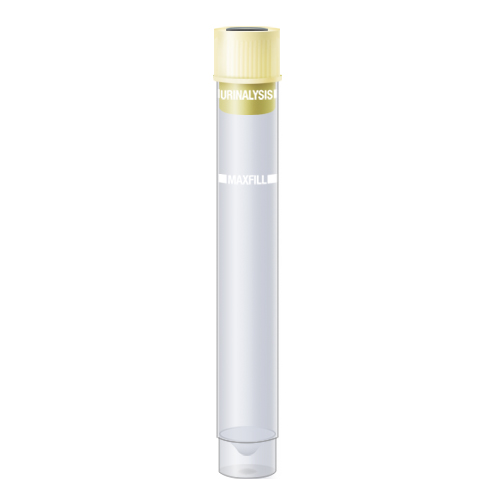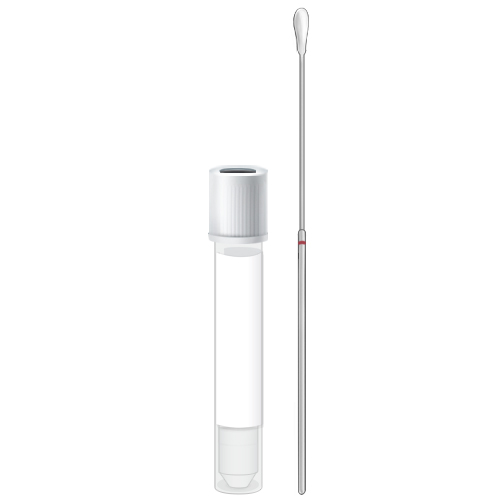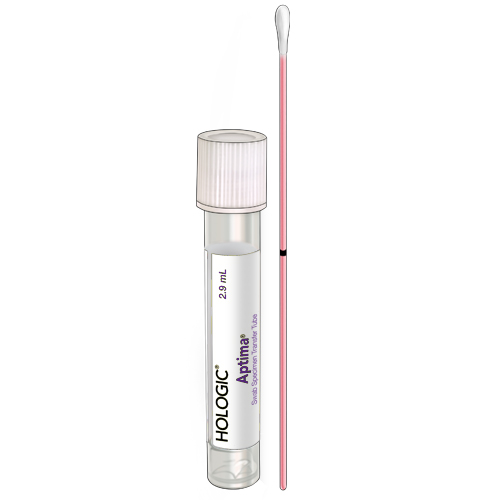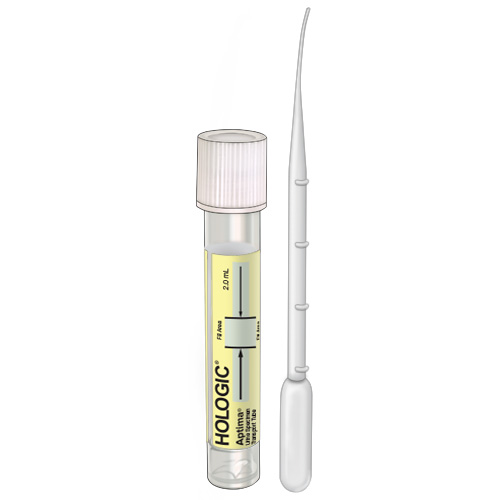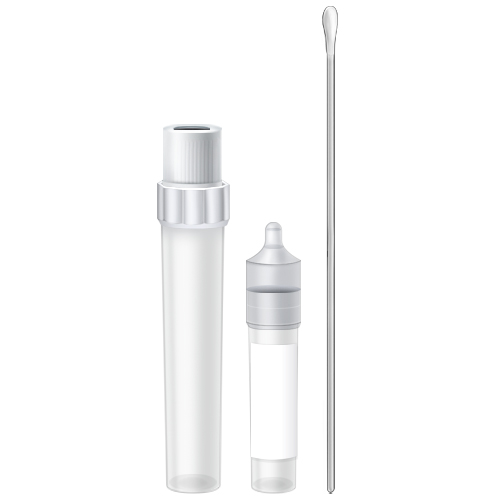Each January brings the opportunity to discuss a topic of great importance in women’s health – cervical cancer. Learning more about cervical cancer and how testing is performed for early detection can help you know your risk. Here, we offer an overview of the disease and the importance of cervical cancer screening.
Cervical Cancer Awareness Month
In 2021 in the United States, the National Institutes of Health (NIH) estimates that there were 14,480 new cases of cervical cancer, and the disease accounted for 4,290 deaths.1 Cervical cancer was once the leading cause of cancer death for American women. However, due to advances and increases in screening, death from cervical cancer has dropped significantly in developed countries over the last 40 years.2 Today, with appropriate screening and vaccination, cervical cancer is a preventable disease.
What is Cervical Cancer?
Cervical cancer is the growth of abnormal cells on the lining of a woman’s cervix.3 However, according to the American Cancer Society (ACS), these cells don’t suddenly change into cancer. Rather, normal cells of the cervix can gradually develop abnormal changes that are called pre-cancerous. While cervical cancers can start from cells with pre-cancerous changes, the ACS reports that for most women, pre-cancerous cells go away.3
What Causes Cervical Cancer?
The main cause of cervical cancer is the human papillomavirus (HPV) infection, a common sexually transmitted infection (STI) according to the Centers for Disease Control and Prevention (CDC). Statistics from the CDC show that more than 79 million Americans, mostly in their late teens and early 20s, are infected with HPV.In most cases, HPV does not cause health problems and can go away on its own. However, if it persists, the virus can cause health problems like genital warts and cancer.4
What are Cervical Cancer Symptoms?
According to the CDC, the signs and symptoms of cervical cancer include abnormal bleeding or discharge. However, these usually occur later in the disease and can be caused by things other than cancer. If you experience these symptoms you should follow-up with your healthcare provider.5
Cervical Cancer Screening
The American Cancer Society recommends regular screening tests to diagnose cervical pre-cancer and prevent the development of cancer. The two main tests healthcare providers use for screening are the Pap test and the HPV test.Visit the ACS for guidelines that may help women stay informed about when, or how often screening testing is recommended for their age group.
Screening Options with GenPath Women’s Health
As a division of BioReference Laboratories Inc., GenPath Women’s Health offers a number of different cervical cancer screening tests recommended by the American College of Obstetricians and Gynecologists (ACOG), including:
- Pap Dependent HPV: a unique co-testing approach to cervical cancer screening, available exclusively through GenPath Women’s Health, which maximizes the opportunity to detect your risk of cervical cancer by matching the appropriate HPV test to your Pap results.
- Pap test only
- Primary Screening (HPV testing only)
- Pap test and an HPV test (co-testing)
Refresh your awareness of HPV and cervical cancer this January. Observe Cervical Cancer Awareness month by checking ACS guidelines to make sure you are up-to-date with screening recommendations and seek guidance from your healthcare provider to determine which test or tests may be medically appropriate for you.
Sources:
- https://seer.cancer.gov/statfacts/html/cervix.html
- https://www.cdc.gov/cancer/cervical/statistics/index.htm
- https://www.cancer.org/content/dam/CRC/PDF/Public/8599.00.pdf
- https://www.cdc.gov/std/hpv/hpv-Fs-July-2017.pdf
- https://www.cdc.gov/cancer/cervical/basic_info/symptoms.htm
- https://www.cancer.org/cancer/cervical-cancer/detection-diagnosis-staging/screening-tests/pap-test.html
- https://www.cancer.org/cancer/cancer-causes/infectious-agents/hpv/hpv-and-hpv-testing.html


